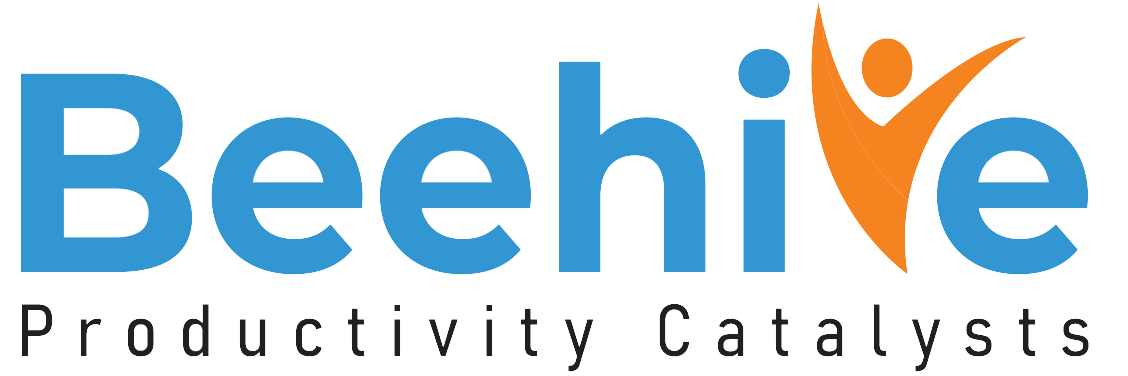Want to keep your talent? Start thinking like a marketer
You have built a solid brand. Your website looks great. Your product gets five-star reviews. Your customers are loyal. And yet your employees are leaving. Why? because you mastered marketing to the outside world but forgot the inside one.
Your employees are your internal audience. They evaluate your culture the way customers evaluate your product. Employee engagement is a tool that helps them feel understood and appreciated. They leave when the experience breaks down even if the salary doesn’t.
If companies want to retain their best talent in 2025 and beyond, it’s time to retire the policy-pushing, announcement-making version of HR. Let’s embrace a marketing mindset that treats the employee experience with the same care, creativity, and strategy as the customer experience.
1. The talent retention crisis
Let’s be clear: people don’t leave because of just compensation. According to McKinsey’s 2023 report, the top three reasons employees quit include:
- Lack of career development
- Uncaring leaders
- Inadequate workplace flexibility
source: https://www.mckinsey.com/capabilities/people-and-organizational-performance
Notably missing? Employee engagement. Free snacks. Or salaries. What this proves is that talent retention is a perception problem. People leave because they don’t see a future, don’t feel heard, or don’t feel like they belong.
That’s a communication issue and marketing teams are built to solve exactly that.
2. Why do your employees think like consumers
In the same way, a customer scans reviews, evaluates pricing, and checks competitor offerings before committing. Your employees are constantly evaluating the value of staying with you.
They ask:
- Am I growing here?
- Is my work visible and valued?
- Can I trust leadership?
- Do I fit this culture?
- What are other companies offering?
This mindset makes sense. Job mobility has increased, and access to information about other employers is easier than ever. Platforms like Glassdoor, Blind, and LinkedIn make culture, leadership, and internal issues transparent.
Your brand is no longer what you say what your employees feel and share. Treating them like passive participants or not working on your employee engagement strategies can work against your brand.
3. What marketing gets right and HR needs to steal
Persona-Driven Messaging: Marketers tailor messages for different segments; millennials, new users, and loyalists. HR? Often sends the same one-size-fits-all newsletter to everyone. It’s time to change that.
Journey Mapping: Customer experience is mapped from awareness to post-purchase. HR must map the employee journey from the first interview to exit, identifying key moments of truth.
Campaign Cadence: Marketing doesn’t communicate once and disappear. They create campaigns such as drip content, reinforce messages and retarget users. HR should adopt the same rhythm.
Feedback Loops: Marketers obsess over reviews, surveys, and A/B tests. HR should treat employee feedback like product reviews and iterate accordingly.
4. Think like a Brand: Your culture is your product
Your internal culture is not part of your brand, it is your brand. If it’s inconsistent, confusing, uninspiring or lacks employee engagement, people will bounce.
So ask yourself:
- What’s the “value proposition” of working here?
- What do we promise people when we hire them and do we deliver?
- Are managers aligned with this brand promise?
Example: If you promise “career growth” in interviews, but offer no mentorship, training, or promotions, your internal brand fails. And like bad product experiences, it leads to churn.
5. Building internal campaigns that engage
If you want employees to stay, engage them the same way you nurture leads:
- Awareness: New employees need to learn about your values and growth paths.
- Consideration: Mid-level employees need to see a future and feel invested.
- Loyalty: Veterans need recognition, trust, and fresh challenges.
Campaign ideas:
- “Grow With Us” – Promote L&D initiatives with spotlight stories and success paths.
- “We Heard You” – Acknowledge feedback and highlight changes made.
- “Celebrate Wins” – Social-style updates on employee achievements, milestones, and contributions.
- “Inside the Strategy” – Share behind-the-scenes decisions to build transparency and trust.
Design campaigns with visuals, tone, and CTA like a marketing team because you are building internal brand engagement.
6. Segment, Target, Personalize: The marketing formula for retention
Personalized employee engagement drives relevance and relevance builds trust. Your 25-year-old new-joiner wants different messages than your 15-year veteran.
Segment by:
- Career stage (entry, mid, leadership)
- Tenure (new, growing, senior)
- Function (sales, tech, support)
- Engagement level (promoters vs. silent quitters)
Then:
- Craft relevant messages
- Tailor development offers
- Set meaningful recognition strategies
Just like marketing runs personalized nurture tracks, HR should run personalized employee engagement strategies.
7. Measuring what matters: HR metrics inspired by marketing
Marketing teams track:
- Clicks
- Conversions
- Retention
- Brand sentiment
- Churn
So your metrics should include:
- Internal Net Promoter Score (eNPS)
- Participation in programs (L&D, feedback, wellness)
- Attrition rates by persona or team
- Internal mobility metrics
- Engagement by campaign type (email open rates, feedback loops, stay conversation frequency)
By looking at employee behavior as a funnel—onboarding > engagement > growth > exit, you will see where people disconnect and what drives commitment.
8. How Beehive HRMS powers this shift
Beehive HRMS is your internal marketing engine to drive employee engagement. We help you treat your employees like the dynamic audience they are, using real-time data and personalized workflows to drive retention and loyalty.
With Beehive HRMS, you get an employee engagement software that allows you to:
Launch targeted campaigns
Segment employees by team, tenure, or engagement level. Communicate with precision, not mass emails.
Capture real feedback
Run pulse surveys, stay conversations, and post-training feedback loops. Know what’s working now, not six months from now.
Design employee journeys
From automated onboarding to personalized development plans build internal journeys that keep employees connected and informed.
Track internal engagement metrics
Get dashboards that show what’s landing, what’s ignored, and where to optimize.
Align culture with strategy
Use OKR and performance modules to ensure employees see how their work connects to the big picture.
Recognize and Reward
Celebrate milestones, shout out wins, and build a culture of recognition that reinforces your internal brand promise.
Win loyalty with Beehive HRMS
The companies winning in today’s market are not the ones offering the highest paychecks but the ones with the strongest internal brands. Ones that treat employees like stakeholders through the right employee engagement tools.
So stop thinking like an administrator and start thinking like a marketer.
Understand your audience. Personalize your message. Build emotional loyalty. Create employee engagement campaigns that inspire. And when you are ready to scale it, Beehive HRMS gives you the platform to do it all in one place.
We can assure you that the future of retention is not HR vs. Marketing but HR as Marketing.






